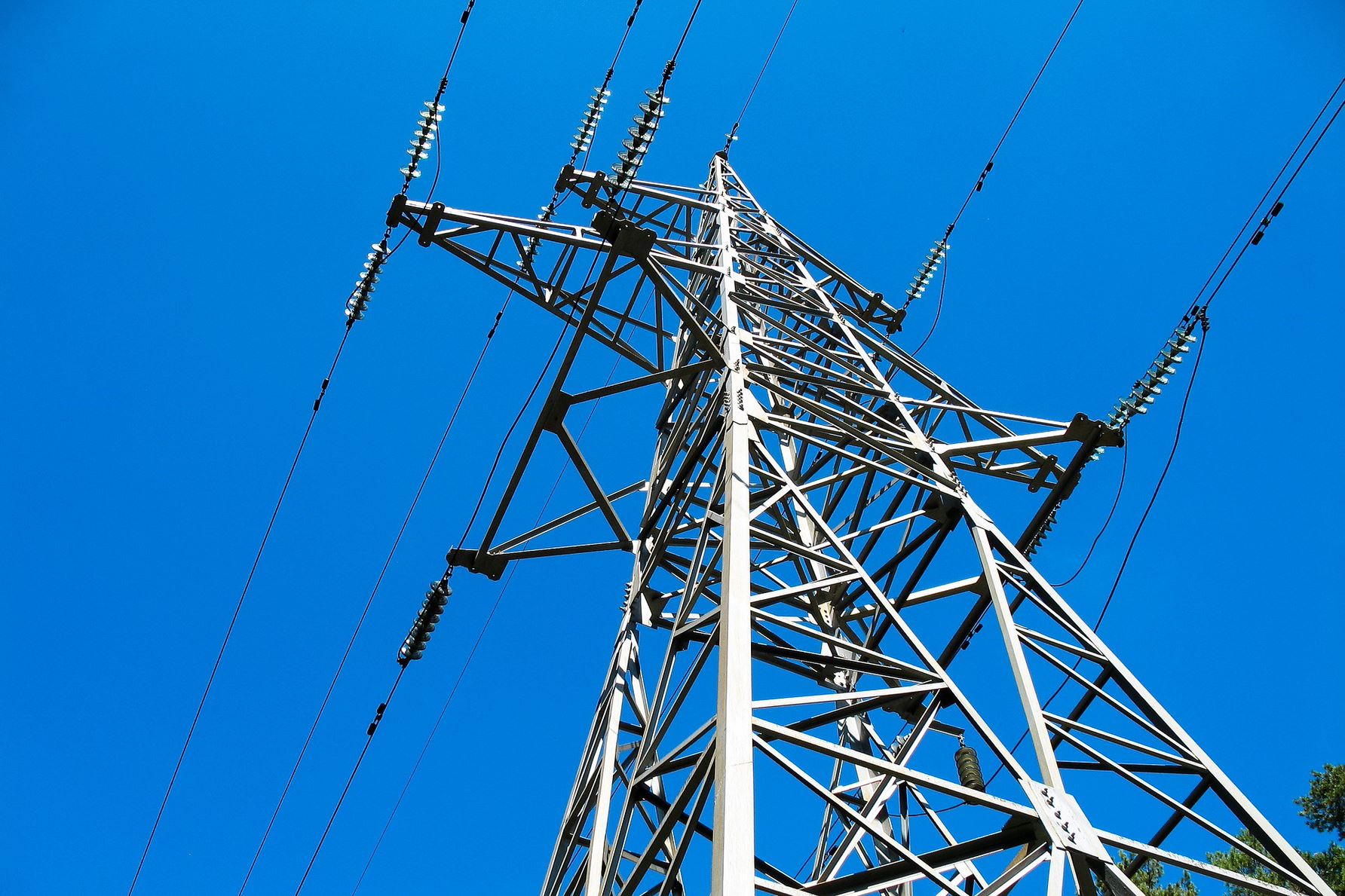Nuclear energy in Canada
Overview
As worldwide energy demand grows and the need to address climate change intensifies, the role of nuclear power has become an increasingly important part of the conversation. The Government of Canada has stated that there is no path to meeting its 2050 target of net-zero carbon emissions without nuclear energy.
Used nuclear fuel, a byproduct of nuclear energy, is highly radioactive. It’s safely stored today in licensed facilities near the nuclear power stations where it is generated, and must also be carefully managed over the long term to ensure people and the environment are protected.
Canada’s plan plays a vital role by closing the fuel cycle. The NWMO is entrusted with implementing this plan for the safe, long-term management of used nuclear fuel (including that produced by emerging technologies) inside a deep geological repository, in a manner that protects people and the environment for generations to come. As we implement Canada’s plan to safely manage used nuclear fuel — today’s and tomorrow’s — safety will always be our top priority.

Canada's used nuclear fuel

Adapting to new nuclear energy projects
Canada’s nuclear industry continues to evolve. Existing nuclear reactors are being refurbished, and there is ongoing discussion about building new reactors, life-extensions and the potential for new small modular reactors or used nuclear fuel reprocessing. These activities would generate additional used nuclear fuel or other radioactive waste with characteristics similar to the used nuclear fuel from Canada’s current nuclear reactors. The site for Canada’s used nuclear fuel repository has capacity for expansion, subject to community willingness to do so and additional technical evaluation. In case we need additional capacity in the future, we are exploring the potential to include future used fuel from new nuclear projects in the same repository that will manage intermediate-level and non-fuel high-level waste. The site selection process for that project is in development.
